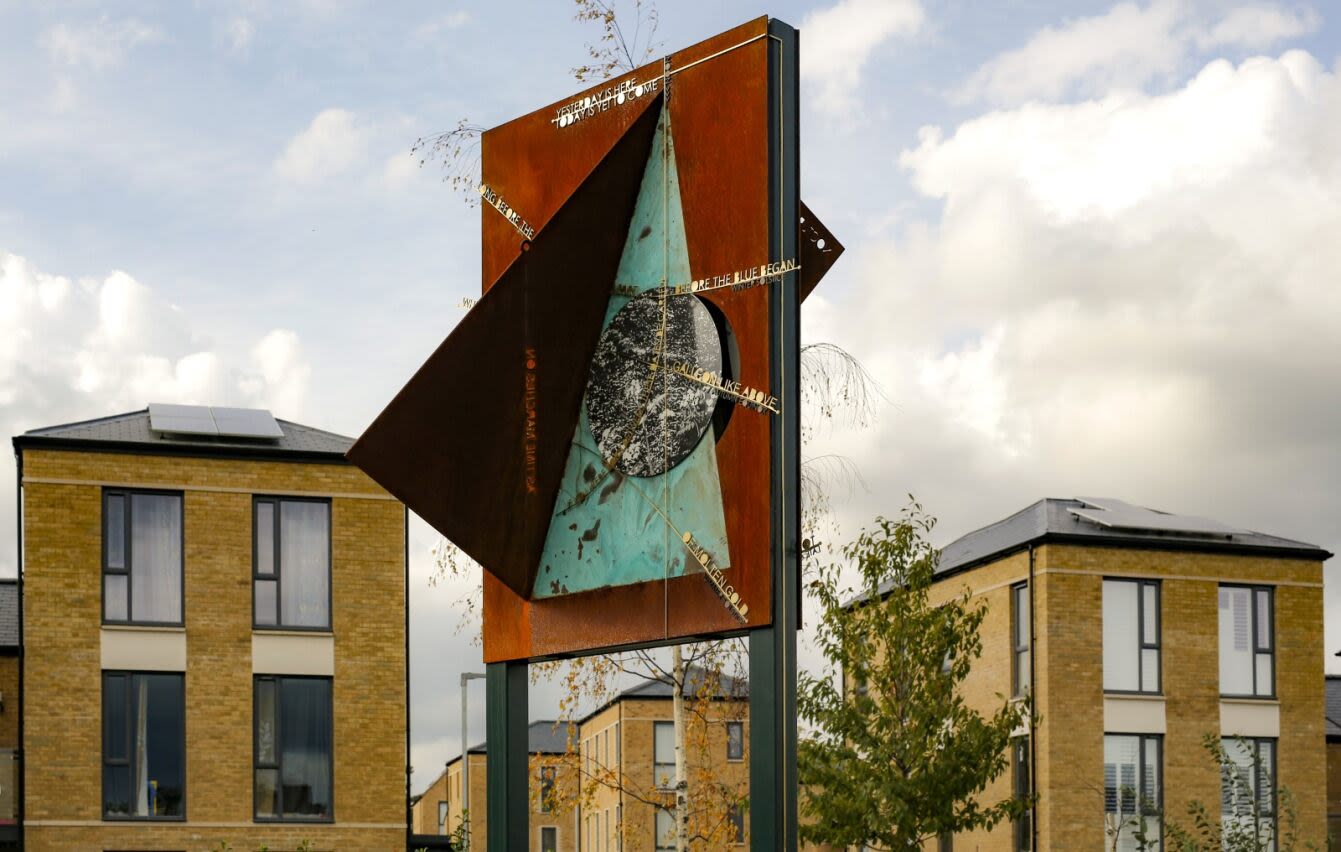20/20 meet the artists: Holly Graham

- Written byKatie Moss
- Published date 12 August 2023

In June, UAL announced the twelve emerging and mid-career artists in the second of 2 cohorts for 20/20: a national commissioning and network project directly investing in the careers of a new generation of ethnically diverse artists.
20/20 was launched in November 2021 by UAL Decolonising Arts Institute, working with a network of 20 UK public collections, museum and gallery partners, and with funding from Freelands Foundation, Arts Council England’s National Lottery Project Grants Programme and UAL.
We caught up with Holly Graham about being selected for the second cohort of artists for 20/20. Her residency is taking place at Manchester Art Gallery.
Tell us about your artistic work, discipline & background
"Much of my work looks at ways memory and narrative shape collective histories. I am interested in tracing how memory fragments form and regroup to enable shifting understandings of identity. Within this lies an interest in recording mechanisms, documents, evidence, and processes of editing; concerns rooted around a commitment to responsible story-telling and amplifying quiet histories.
"My work is often specific to particular sites and localised contexts, and I frequently work in response to archive and museum collections. Much of my practice draws on my lived experience as a Black British individual of the African and Caribbean diasporas, to look at historical formations and inscriptions of race, and consider how these manifest today. Working across audio, text, still and moving image, and sculptural forms, the work I make often employs motifs inherent to the medium of print – duplication, traces, material degradation – mirroring formal qualities often present within attempts to pin down or fix resistant and amorphous narratives."
Why did you apply for the 20/20 project?
"It’s really good to see collections actively inviting creative critical engagement with their holdings; and for me, this invitation to make work in response to a collection feels really aligned with many of my existing ways of working. The threads of interest outlined in the call, with questions around processes of collecting and historic storytelling, structuring of race, and legacies of colonialism are all areas of interest running through my practice, so the project offers the opportunity to build on existing research and ways of working to develop new work, in a rich context, surrounded by a wealth of resources and expertise.
"When looking into the institutions involved in the 20/20 project, I was particularly drawn to Manchester Art Gallery’s costume and textiles collections – thinking about histories of exploitative labour inherent in the material of cotton – which also relates to other research I’ve undertaken previously in relation to other forms of production & labour, in particular around sugar and slavery."
What conversations, thoughts or feelings do you hope to encourage amongst your audiences during your residency?
"On my first visit to Manchester Art Gallery, as a speaker as part of the Future Collect conference in 2021, I was struck by a display of late 1700s anti-slavery campaign objects featuring the familiar chained, kneeling Black enslaved figure of the British abolition movement.
"As the first major city of the industrial revolution, Manchester formed one of several integral stopping points for Black American abolitionists on their tours around Britain and Ireland in the mid-19th century, several decades later. Making appearances at locations around the city, speakers drew upon strands of reference that felt close to home for local communities; noting the city’s cotton trade as an integral part of the geographically distanced machine of transatlantic slavery. I was interested to find that one repeat venue designated for such talks was The Athenaeum, which now forms a part of Manchester Art Gallery’s footprint. This history of the site – nestled comfortably beside the 18th century abolitionist trinkets – rubs up against the textile collections held by the museum, gathered initially as study material for local industry production, fuelled as it was by slave labour. Through a series of workshops with local people drawing upon elements of Manchester Art Gallery’s collections, I’d like to encourage dialogue around the local and global reach of the material and social histories of cotton."
Follow Holly Graham on social media:
Instagram: @hcagraham